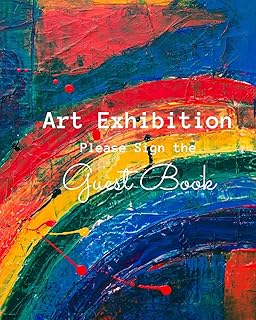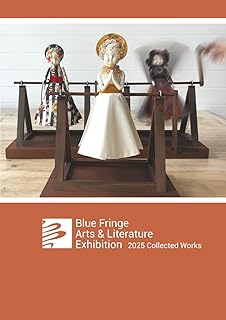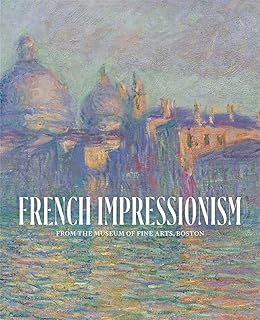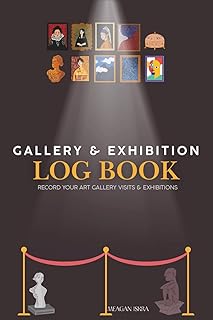Curator Anne Schreiber conceptualized the exhibition “Jackson Pollock Bar: Pictures at an Exhibition” during the Curatorial Intensive in New York in Summer 2013. This proposal materialized into an exhibition at Kunsthaus L6 in Freiburg, Germany, from March 15 to April 20, 2014.
Since the 1990s, Jackson Pollock Bar has been known for their Theory Installations, which explore the intersection of theory and art. Collaborating with Art & Language, they stage performances mimicking discursive events like conferences and panel discussions. Their unique approach involves actors lip-synching audio recordings of these discussions, challenging the role of theory in contemporary art.
The exhibition at Kunsthaus L6 marks the first time Jackson Pollock Bar’s work is presented in a traditional gallery setting. It features documentation of their performances alongside paintings and a novel they created. By reenacting discursive events, Jackson Pollock Bar prompts reflection on the place of theory in the art world, aligning with a lineage of artists and curators who integrate theory into their practices.
Art history reveals a progression towards embracing theory within artistic and curatorial frameworks. Figures like Joseph Beuys and Andrea Fraser pioneered engaging the public in art discussions, influencing the evolution of art institutions. Curators like Harald Szeemann and Hans Ulrich Obrist have further blurred the lines between art, theory, and curation, reshaping the exhibition space into a platform for dialogue and experimentation.
“Pictures at an Exhibition” at Kunsthaus L6 builds on these developments by presenting Jackson Pollock Bar’s Theory Installations as visual representations akin to film stills. These prints, displayed alongside classic-style paintings and excerpts from the group’s novel, challenge conventional notions of art theory by transforming discourse into a tangible artistic expression.
The exhibition invites viewers to ponder the evolving role of theory in contemporary art, emphasizing that discourse itself can be a form of art. By juxtaposing images of performances with traditional artworks, Jackson Pollock Bar prompts a reevaluation of the boundaries between theory, practice, and exhibition, pushing the boundaries of artistic expression and interpretation.
📰 Related Articles
- Philadelphia Artists Showcase Urban Ephemeral Beauty at Art Exhibition
- Pets’ Profound Impact Explored in NGV’s Art Exhibition
- Innovative Paper Scroll Art Exhibition at Ipswich Community Gallery
- Fashion Exhibition Explores Psychoanalytic Influence on Identity
- Exploring Strange History: Phantom-22 Exhibition & Art Activism Impact






